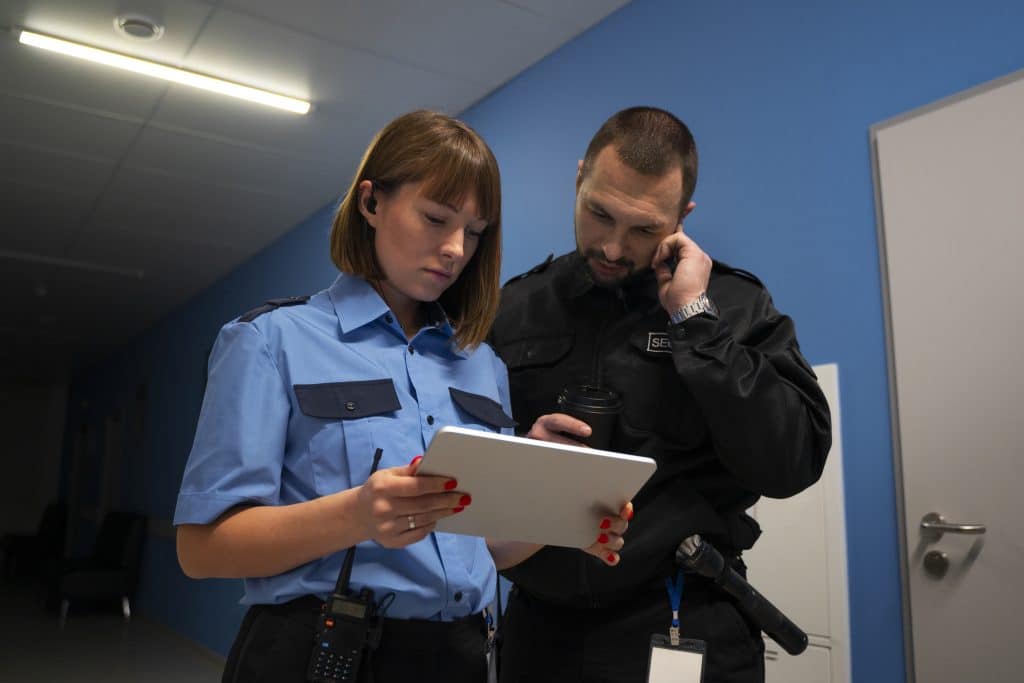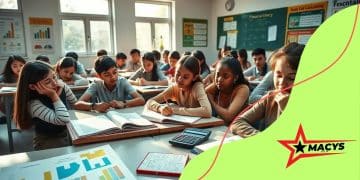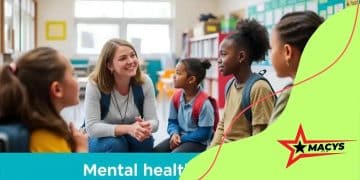Minneapolis Catholic school shooting investigation updates

The Minneapolis Catholic school shooting investigation has introduced stronger safety measures across local schools. Community initiatives are also growing.
Law enforcement and educators are collaborating to secure campuses and reassure families. Parents are playing an active role in safety discussions.
These developments continue to capture public attention as new details emerge. The focus remains on both healing and prevention.
Overview of the Minneapolis Catholic school shooting
The Minneapolis Catholic school shooting was a tragic event that left a lasting impact. Understanding its details is vital for recovery.
This incident involved several victims and immediately triggered a full law enforcement response. Media coverage highlighted the urgency.
Families continue to seek clarity as updates emerge, while the community adapts with resilience and support.
Incident Overview
The shooting occurred at a local Catholic school, raising urgent safety concerns. Victims were quickly identified and treated.
Law enforcement secured the scene while collecting evidence and interviewing witnesses. Their presence reassured families.
Public updates provided transparency as the investigation unfolded, helping to ease community fears.
Impact on the Community
The shooting’s impact reached beyond the school, affecting families and neighborhoods deeply. Emotions ran high.
Community members organized vigils, support groups, and initiatives to strengthen safety awareness. Healing became collective.
The tragedy sparked conversations about prevention and resilience, highlighting the importance of unity.
Timeline of the investigation
The investigation timeline reveals how authorities addressed the crisis step by step. Transparency was crucial.
Officials provided regular updates on progress, keeping families and schools reassured throughout the process.
Each milestone clarified the investigation’s direction and reinforced trust in law enforcement.
Initial Response
Immediately after the shooting, emergency services arrived at the scene to stabilize victims.
Law enforcement secured the premises, gathered evidence, and interviewed key witnesses. Their work began.
Evacuations of students and staff followed strict protocols, prioritizing safety and calm communication.
Key Dates and Findings
Key dates included the suspect’s identification and the release of security footage.
Press conferences outlined findings and reassured the public about ongoing efforts. Collaboration grew.
Community meetings addressed questions, strengthening dialogue between residents and authorities.
Key findings from law enforcement

Law enforcement findings revealed critical details about the incident and motives involved.
Evidence collected included forensic samples, witness statements, and camera footage. Each was vital.
These findings shaped safety discussions, encouraging transparency and preventive strategies.
Initial Evidence Collection
Forensic evidence and multiple eyewitness accounts were collected from the school immediately, ensuring no critical details were lost.
Security camera footage provided crucial insights into the suspect’s actions and timeline, helping reconstruct the incident step by step.
This combined evidence guided investigators in forming a clearer understanding of events and directing the next stages of inquiry.
Community Impact
The community expressed deep fear and uncertainty, calling for stronger protections and preventive measures in local schools.
Meetings between residents and authorities focused on closing security gaps and improving safety strategies for students.
Mental health professionals joined the response, offering guidance and resources to help ease growing public concerns.
Community response and healing efforts
Healing began through collective gatherings, counseling sessions, and heartfelt expressions of solidarity that brought the community together.
Residents organized moving vigils, meaningful memorials, and prayer sessions to honor the victims and provide shared spaces for grief.
These powerful acts of unity highlighted resilience, strengthened bonds, and offered lasting emotional comfort to everyone affected.
Community Gatherings
Vigils were organized at local parks and in front of the school, drawing large crowds who came together to grieve and show support.
Memorials filled with flowers, notes, and candles became powerful symbols of compassion, remembrance, and collective mourning.
Community prayer sessions offered comfort and hope, reinforcing bonds of unity and faith during a deeply challenging time.
Support Services
Counseling sessions and dedicated workshops supported families and students as they worked through trauma and emotional challenges.
Hotlines and licensed mental health professionals offered immediate resources, ensuring quick access to recovery and coping support.
Schools also integrated resilience-building programs into daily routines to encourage healing and promote long-term emotional strength.
Safety measures implemented at local schools
Schools have adopted stricter safety protocols designed to prevent future tragedies and create a more secure learning environment.
Controlled entry points, along with the visible presence of on-site officers, provided reassurance to both students and parents daily.
Regular emergency drills were introduced to prepare entire school communities for potential crises and ensure effective responses.
Enhanced Security Protocols
Visitors are now required to register at designated entry points and wear clear identification badges to enhance school security.
Trained security personnel actively patrol campuses throughout the day, ensuring constant vigilance and a safer environment for students.
Emergency response plans were carefully updated to reflect best practices, improving preparedness and overall safety protocols.
Collaboration with Local Law Enforcement

Schools and local police strengthened their collaboration through regular safety training programs, ensuring faster and more effective responses.
Joint safety audits, combined with active information-sharing, have significantly improved preparedness and readiness across all participating schools.
Parents became more engaged by joining school safety discussions, reinforcing cooperation and building a stronger community-wide support system.
Conclusion
The Minneapolis Catholic school shooting significantly reshaped community priorities and led to stronger safety policies across schools.
Law enforcement, educators, and families came together in unity to build resilience, healing, and long-term support for those affected.
Through continued solidarity and collaboration, the community aims to prevent future tragedies and create a safer environment for everyone.
FAQ – Frequently Asked Questions about the Minneapolis Catholic School Shooting Investigation
What were the key events in the timeline of the investigation?
The investigation timeline includes initial evidence collection, identification of the suspect, and community meetings to address safety.
What safety measures have been implemented in local schools?
Schools have introduced controlled access points, increased security presence, and conducted emergency drills to enhance safety.
How is the community responding to the shooting?
The community organized vigils, support groups, and counseling services to help members cope with the tragedy.
What role does law enforcement play in school safety?
Law enforcement collaborates with schools to improve safety measures, conduct training, and ensure quick responses to emergencies.





